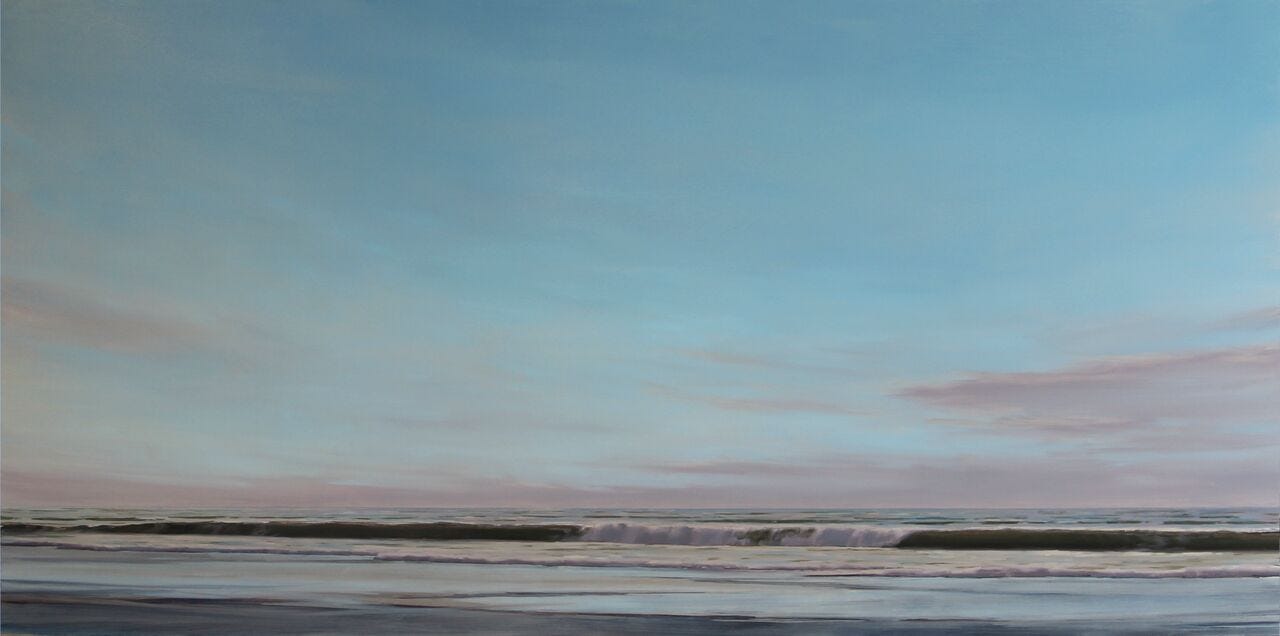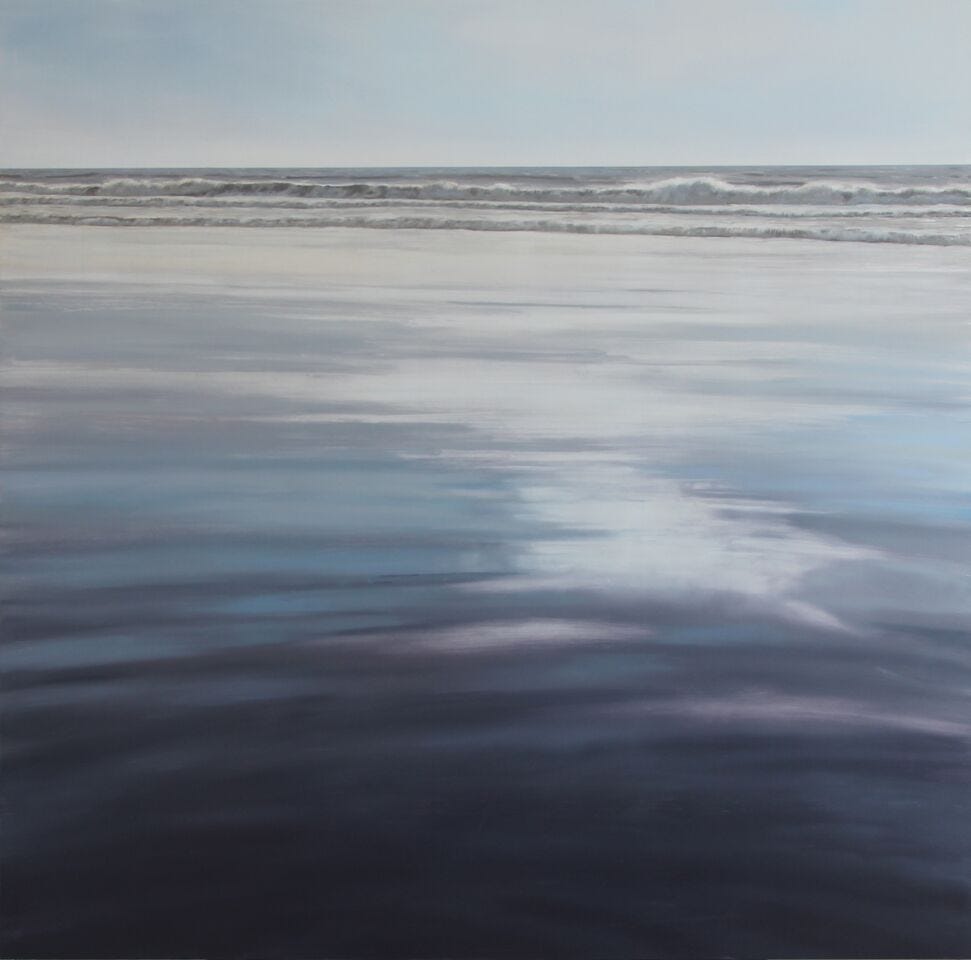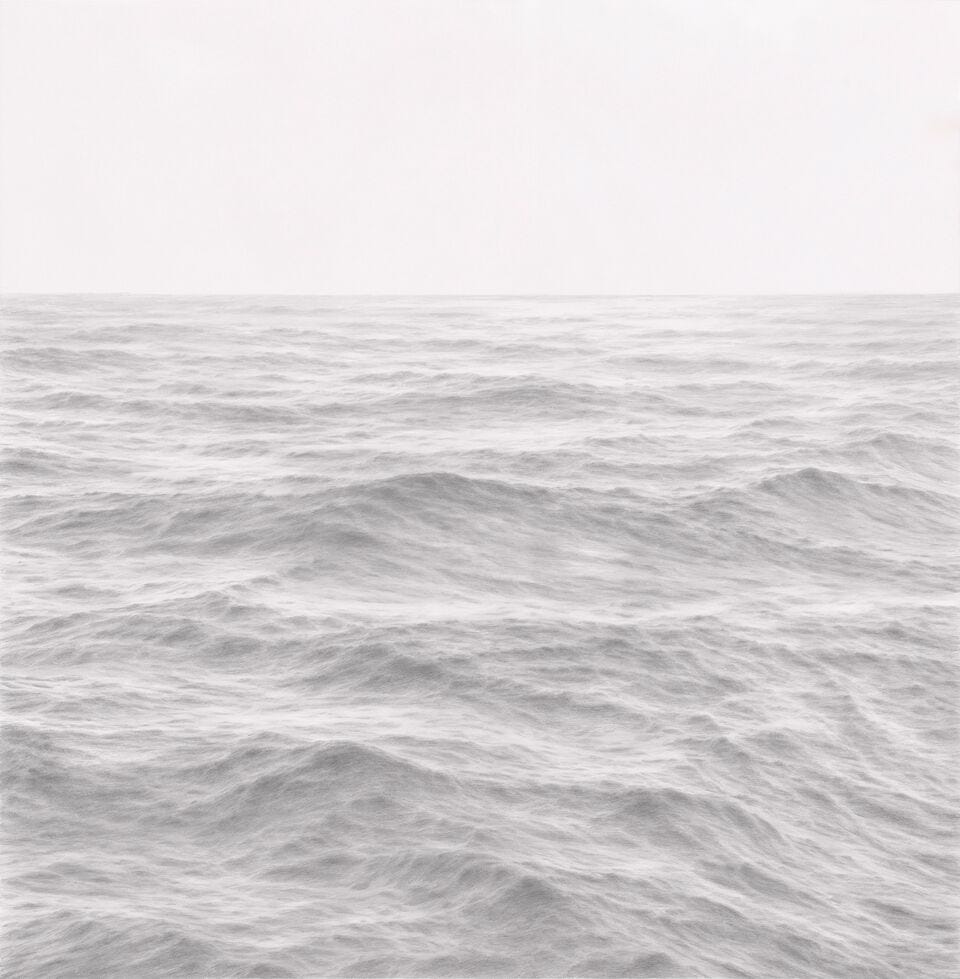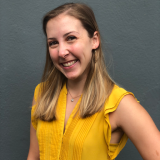
When Dr. Katherine Young finished college, she was faced with a dilemma: should she go to art school or medical school? The problem was she loved art and had fallen in love with drawing and painting as a child, but she was practical and liked that she could help people directly as a plastic surgeon. She knew she could always be an artist later.

In those early days, Young decided to become a plastic surgeon partly because she spent time watching a TV show about reconstructive surgery and saw how she could use her artistic skills to help her patients. She approached her breast reconstruction surgeries by letting her love for art influence her work.
“Our whole point with breast reconstruction was to try to make the reconstructions not just functional but beautiful, so women could feel good without their clothes on,” Young says. “We wanted the women to feel good about their bodies and how their breasts look and not just something that filled out their clothes.”
Her switch from a career in plastic surgery to a career as an artist started when Young got pregnant with her daughter and was put on bedrest, which meant she couldn’t practice medicine. While in bed, she started painting and drawing and hasn’t stopped since. After her daughter was born, Young’s husband told her that if she was going to do art, she might as well go all in, so she decided to get a Masters of Fine Arts in Drawing and Painting. Her thesis project was all about the ocean, something she had become fascinated with as a child, and her work drew interest from galleries. Ten years later, Young is still painting and drawing the ocean.
“It’s really meditative and peaceful and calming, and there’s nothing better than walking on the beach with a friend. For me it’s a very spiritual place,” Young says.

Art can be helpful for residents and medical students too, Young says, and that’s why she helped initiate an art and anatomy program at Stanford University. Students can choose drawing and painting, sculpture, art appreciation, or another pathway.

“I think having a creative outlet is really important, especially when you’re a resident,” Young says. “You’re stressed out, you’re working these really long hours, and you’re dealing with a lot of pretty heavy stuff.”
Young longed for art or another creative outlet when she was a resident but didn’t keep up with it much when she was practicing because she wanted to be on call and available for any patient she had operated on.
That high standard for herself and perfectionism was the hardest thing to shed when switching to art, Young said.
“If you make a mistake on a patient, that can be pretty devastating for everybody,” Young says. “Learning not to bring that perfectionism with me in the art world is something I had to work on and it’s made me a much happier person to be able to let go of some of that perfectionism. I guess there’s a difference between healthy striving, and trying to do the best job you can, and perfectionism, where you feel bad about yourself if it’s not perfect.”
But just as art skills had helped her in surgery, many of her medical skills transferred well to art: people skills, confidence, perseverance and being able to deal with something that all residents have already been through: rejection.

“There’s a lot of rejection in art. You get rejected by galleries and shows when people don’t buy your work. You have to frame that well so you don’t see it as a reason to quit,” Young says. “If you’re done residency you’ve done that, you know how to do that, but it is kind of hard to have to do it again.”
To get through a career switch successfully, the most important quality that a doctor needs to have, Young says, is drive.
“It has to be something you’re really excited about because it’s going to be a huge amount of hard work. You have to like it and love it enough that you want to work really hard. You’re going to have to persist through adversity because you feel as a plastic surgeon that you’ve got mastery over your topic, you’re pretty good at what you do, you’ve done thousands of operations,” Young says. “All of the sudden you’re in the art classroom and you’ve never done this before and you’re not good at it right away.”
But Young said she had an advantage by learning from great teachers and fast-tracking her education, and it was all worth it.
“I’m really happy doing it,” Young says. “I feel like I get to make a difference in people’s lives in a different way.”







